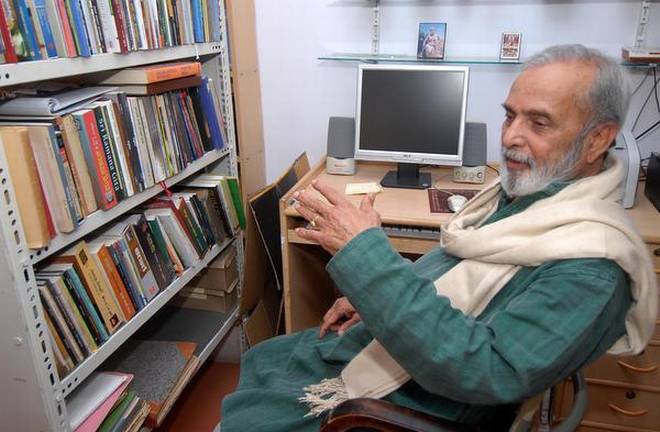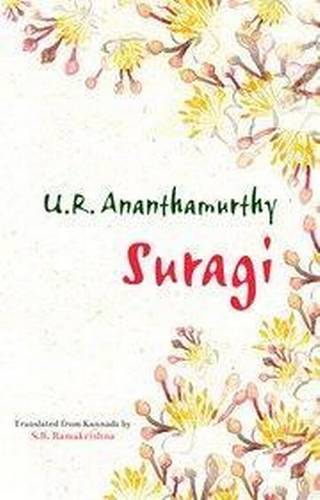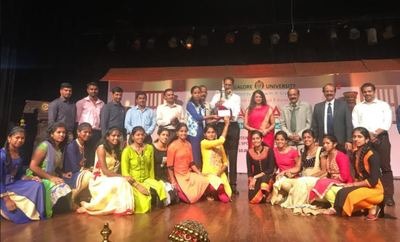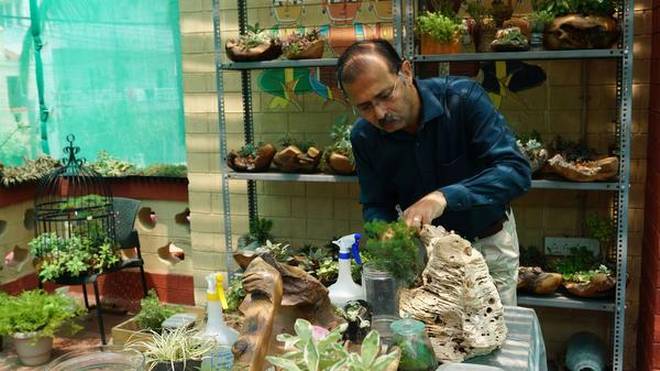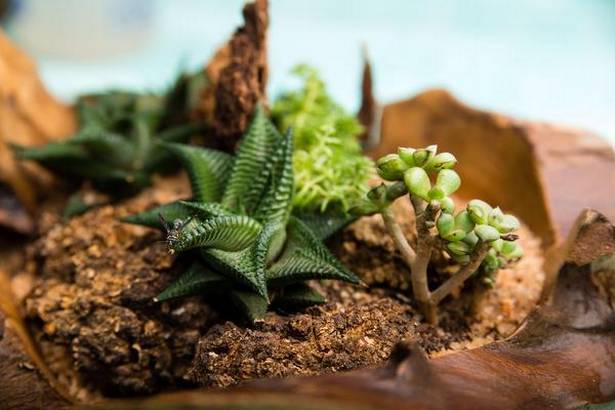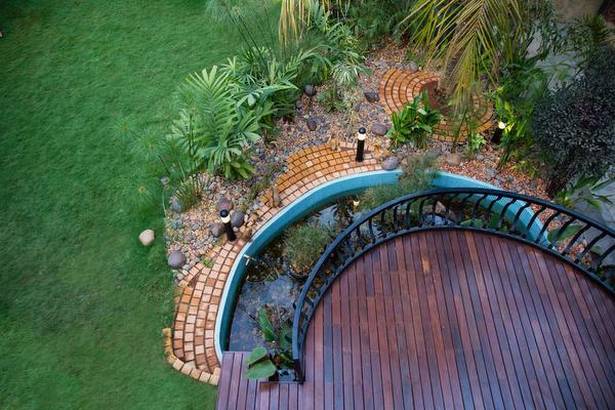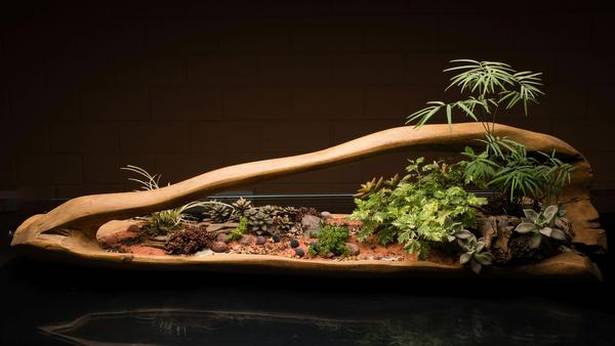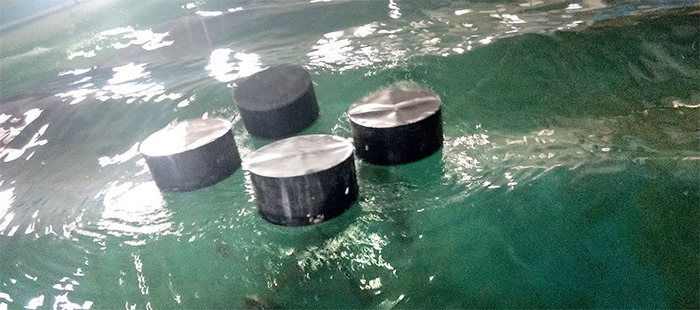
Very little of the estimated 18 lakh metric tonnes of e-waste that India generates per annum is recycled
Of an estimated 18 lakh metric tonnes of electronic waste (e-waste) that India generates per annum, less than 2 lakh tonnes reach licenced recyclers. The rest is either reaching the unorganised sector (such as scrap dealers), or ending up in landfills. Not only does this mean that potentially recyclable e-waste is being wasted, but also that unscientifically managed e-waste is a hazard that stands exposed.
Now, around 180 recyclers from across the country have joined hands to change the narrative and come together to form the All India e-Waste Recyclers’ Association. To be headquartered in Bengaluru, the association will look at streamlining the dismantling and recycling cycle of e-waste in the country.
Gururaj N., general secretary of the new association, told The Hindu that the dismantling and recycling industry is a nascent one, though e-waste itself is not.
“The e-waste quantum is calculated based on the sales that happened in the previous year, according to which the estimated e-waste generated is 18 lakh metric tonne per annum. Bengaluru generates around 1 lakh metric tonnes. The other big contributors are the National Capital Region, Mumbai, Chennai and now Hyderabad and Pune. Electronics is a component in many things — from laptops and air-conditioners to cars, which has 26% electronic component. The rate of progress in technology is a big key in e-waste,” he said.
In addition to what are called ‘white goods’, such as television, household e-waste that includes fans, lights and other essentials translates into 100 to 150 kg of electronic items in each house at any given point of time, which could eventually end up becoming e-waste. Despite all this, recyclers are running at 40 or 50% capacity as little waste is actually reaching them, said Mr. Gururaj.
Tackling the basics
The association is aiming at tackling the basics first: work with local municipal bodies to set up e-waste collection centres similar to the dry waste collection centres that are now being established in many cities. They also want to ensure that people find it convenient to make their e-waste reach recyclers. For this, they are planning to set up technology-driven drop boxes to enable people to put their waste and be paid back through e-wallets.
“It is not a business where people want to give away items for free. In addition, we want to ensure that the recycling process pushes urban mining, wherein dismantling and recycling brings out raw material such as gold, silver and copper (present in small units in many electronic items). There is already a scarcity of ore, and these metals have higher consumption, but the same production levels, which is why their prices have gone up,” he said.
source: http://www.thehindu.com / The Hindu / Home> News> Cities> Bengaluru / by K.C. Deepika / March 30th, 2018
